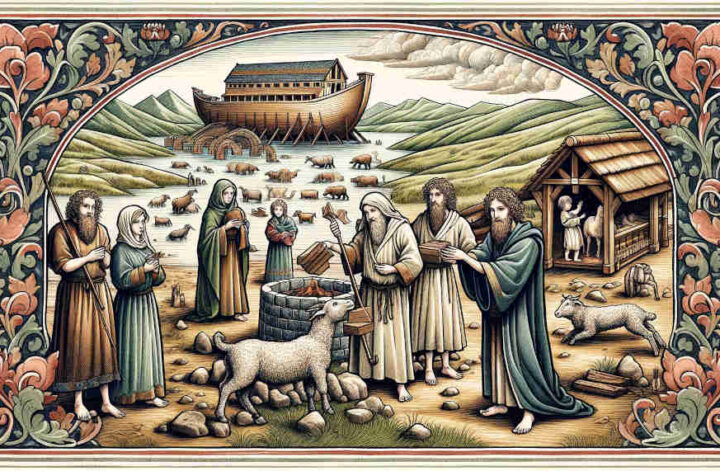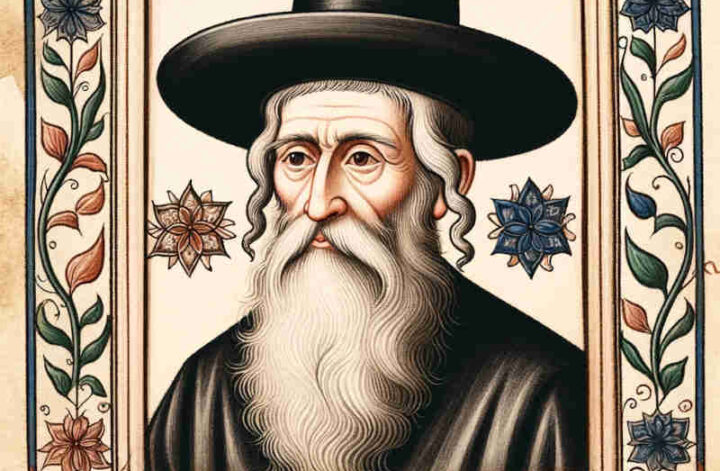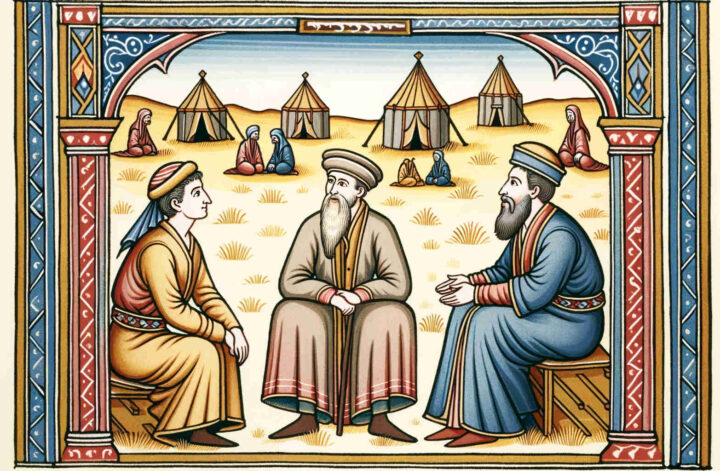From: Michael Thompson
To: Rabbi Joshua
Subject: Noah’s Sacrifice After the Ark
Dear Rabbi Joshua,
I’ve always been puzzled by the story of Noah. Why did Noah sacrifice animals when they finally left the ark? And if he sacrificed them, how did these species of animals multiply later if Noah sacrificed them? Could you please shed some light on this?
Best regards,
Michael
The Sacrifice of Noah: Faith, Gratitude, and Divine Providence
Dear Michael,
Your question delves into a profound aspect of the Noah narrative, a story rich with spiritual lessons and theological inquiries. Let us explore this together.
Why Did Noah Sacrifice Animals After the Ark?
The act of Noah offering sacrifices upon exiting the ark is recounted in Bereishit (Genesis) 8:20, where it states, “וַיִּבֶן נֹחַ מִזְבֵּחַ לַה’, וַיִּקַּח מִכָּל הַבְּהֵמָה הַטְּהֹרָה וּמִכָּל הָעוֹף הַטָּהוֹר, וַיַּעַל עֹלוֹת בַּמִּזְבֵּחַ.” (“And Noah built an altar unto the LORD; and took of every clean beast, and of every clean fowl, and offered burnt offerings on the altar.”). This act was a demonstration of profound gratitude towards God for the survival and deliverance of Noah and his family, along with the animal species. In ancient times, sacrifices were a central mode of expressing thanks, devotion, and seeking atonement.
How Did Sacrificed Species Multiply?
The Torah delineates between “clean” (טָהוֹר) and “unclean” (טָמֵא) animals, a distinction with implications for sacrificial practices and later, dietary laws. Noah was commanded to take into the ark seven pairs of every clean animal and one pair of every unclean animal (Bereishit 7:2-3). Thus, after the flood, there remained a sufficient number of each species to ensure their continued existence and multiplication.
This careful provision indicates a deep understanding within the narrative of the need to balance religious ritual with the stewardship and preservation of God’s creation. The Torah’s wisdom here lies in its recognition of the sacredness of all life and the importance of ensuring the continuity of each species, a principle that resonates profoundly in our responsibility towards the environment and all living beings.
In summary, Noah’s sacrifice represents not only a gesture of thanksgiving and acknowledgement of divine salvation but also a testament to the intricate balance between spiritual practice and ecological responsibility. This story invites us to reflect on our own expressions of gratitude and how we harmonize our spiritual or religious practices with the care and preservation of the natural world.
May your journey through the Torah’s teachings continue to be enriching and enlightening, Michael.
Shalom,
Rabbi Joshua


